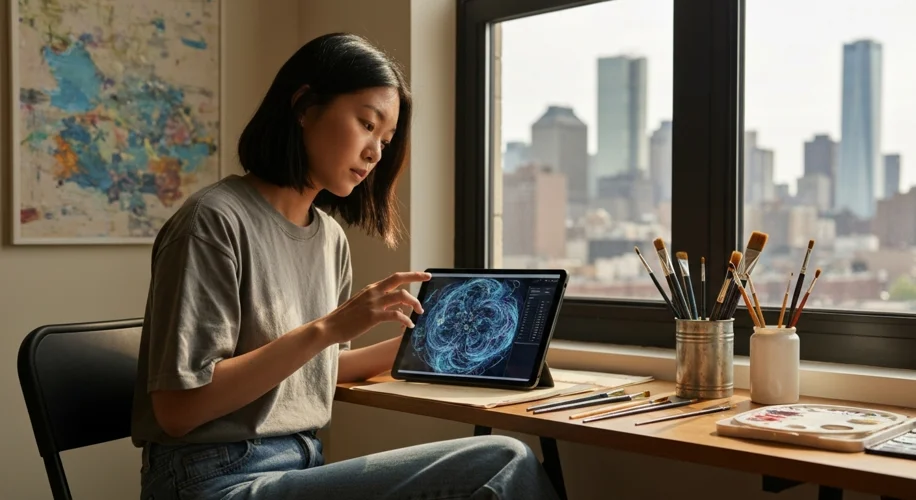It feels like everywhere you look these days, there’s talk about Artificial Intelligence. From news headlines to casual chats, AI is a hot topic. And it’s not just about futuristic robots; it’s starting to show up in our actual jobs, especially for those of us just starting out in the tech world.
A recent CNBC article highlighted that a Goldman Sachs economist believes AI is already making waves in the labor market. This isn’t some far-off prediction; it’s happening now. Studies are looking into which jobs are most vulnerable to being changed or even replaced by AI. It’s a bit unsettling, but understanding it is the first step.
For many young people in tech, like myself, this can sound a little daunting. We’re often the ones at the forefront of adopting new technologies. But the reality is, AI is becoming a tool, and like any tool, it can be used to enhance our work or, in some cases, automate parts of it.
What does this mean for us? Well, it’s not necessarily about jobs disappearing wholesale. Think about how graphic design software evolved. Tools like Adobe Photoshop and Illustrator changed how designers work, but they didn’t eliminate the need for designers. Instead, they opened up new possibilities and required new skills.
Similarly, AI could automate repetitive tasks, freeing us up for more creative and strategic thinking. Imagine spending less time on data entry and more time brainstorming innovative solutions or developing new artistic concepts. That’s where the opportunity lies.
Some experts, like those at Harvard, suggest that white-collar jobs might see the biggest shifts. This could mean roles in administration, customer service, and even certain analytical positions could be impacted. But again, impact doesn’t always mean elimination. It often means a change in how the job is done.
For artists and creatives, this might seem a bit removed, but even in our field, AI is starting to play a role. AI art generators are a big topic, and while they’re fascinating, they also raise questions about originality and the artist’s role. My own approach, as someone who loves the hands-on process of painting and digital design, is to see AI as a potential collaborator or a source of inspiration, rather than a replacement.
So, what’s the takeaway? If you’re a young tech worker, or even if you’re in a creative field, staying curious and adaptable is key. Learning about AI, understanding how it works, and exploring how it can be integrated into your workflow is going to be super important. Instead of fearing it, let’s try to understand it and figure out how we can use it to our advantage. It’s about evolving with the tools available to us, just like we always have.

